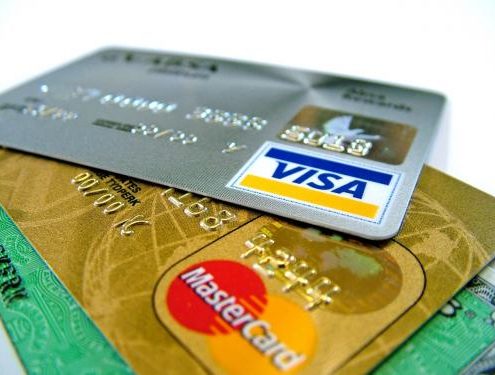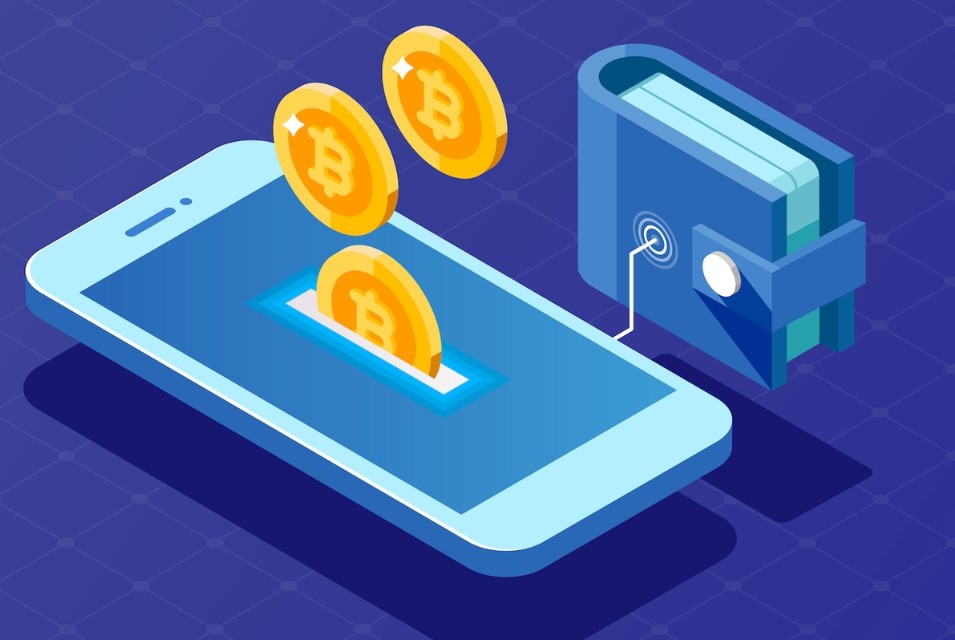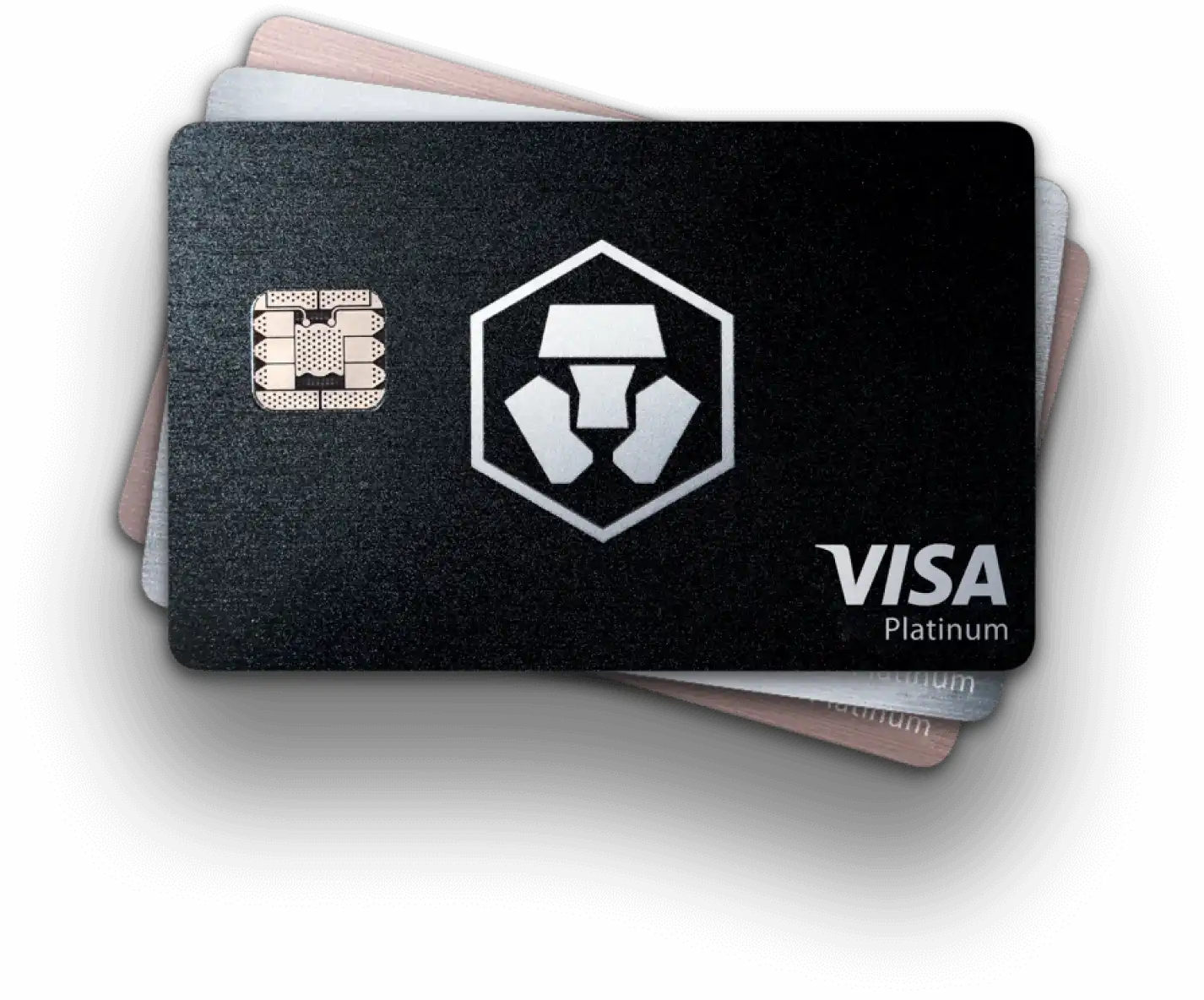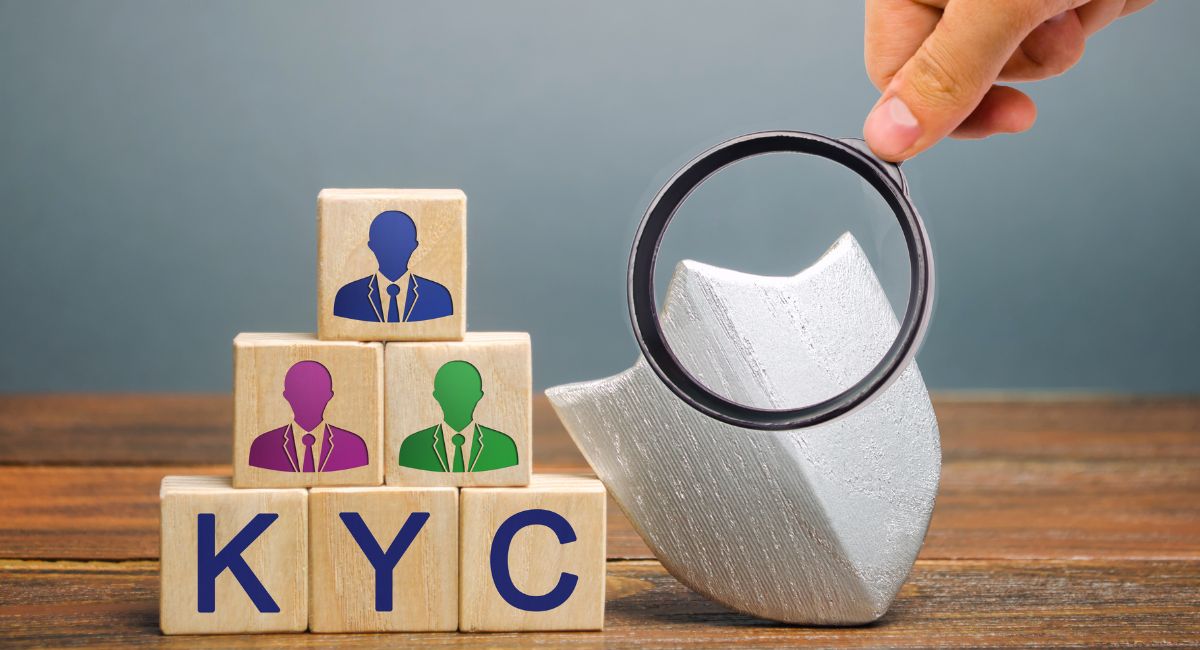
Credit cards and Debit cards for purchasing digital assets have gained much traction in the rapidly evolving world of cryptocurrencies. So, let’s answer the question many ask: How do you buy crypto with a credit or debit card?
Ever since the boom of the cryptocurrency realm, many people have been fascinated by the financial opportunities it provides, so they believe they can have a bigger slice of the pie as well.
By this, we mean that they aspire to try their fortune in the crypto market and gain financial independence, which is so much associated with the crypto market on numerous levels.
The financial institutions have recognized its growing popularity and, therefore, have allowed their customers to use their services and buy cryptocurrencies using their credit or debit cards.
So, we will explore the options, the required registration method, and the mediums that can be used to answer the question of how to buy crypto using credit and debit cards.
The Convenience Factor
One of the primary reasons anyone would prefer to buy crypto using credit or debit cards is its convenience. No matter where you are, you can easily purchase your required cryptocurrency with an internet connection device.
The transactions through these cards save you from waiting in lines or visiting your bank now and then. The transactions through these cards are swift and seamless; therefore, you can execute your crypto purchases with just a few clicks.
Accessibility for All
Credit and Debit cards are also instrumental in providing services to a broader demographic, which makes investing in cryptocurrencies accessible to many people. The ease of use ensures you have limited technical knowledge to participate in the digital asset space.
Real-Time Transactions
One significant benefit of conducting transactions through cards is that you can acquire whatever crypto you want to purchase instantaneously. Such quality can prove very beneficial for investors who want to take advantage of market fluctuations by executing real-time purchases, providing them a strategic edge in the volatile crypto markets.
Getting Started
Now that we understand the motivations and advantages of using credit and debit cards for cryptocurrency purchases, the next crucial step is navigating the initial stages of acquiring digital assets.
Choosing the Right Cryptocurrency Exchange
The first step in acquiring crypto using payment cards is selecting a reputable crypto exchange. For your convenience, you should opt for an exchange with a good security record, an easy-to-understand registration process, and easy steps to follow, through which you can link your bank accounts to the exchange and use their services to purchase different crypto tokens.
For investors to do that, they must conduct thorough research to identify platforms that support credit and debit card transactions. Factors such as transaction fees and the variety of supported cryptocurrencies should also be carefully considered. Let’s look at some examples:
Coinbase
Coinbase is a user-friendly platform that is popular among beginners. It supports the purchase of a variety of cryptocurrencies using credit and debit cards. It also provides a secure wallet for users.
Binance
Binance is one of the largest and most well-known cryptocurrency exchanges globally. It offers a wide range of cryptocurrencies for trading and allows users to buy crypto with credit and debit cards. Note that the availability of card purchases may vary based on location.
Kraken
Kraken is a reputable exchange known for its security features. It supports fiat-to-crypto trading, allowing users to buy cryptocurrencies using credit or debit cards. Kraken provides a variety of cryptocurrencies for trading.
Please be aware that the availability of services and payment methods can change, and it’s advisable to check the latest information on the respective exchange websites for the most up-to-date details. When choosing a cryptocurrency exchange, consider the fees, security features, and supported regions.
Setting Up a Secure Cryptocurrency Wallet

Now that you’ve selected a reliable cryptocurrency exchange, the next crucial step is to establish a secure cryptocurrency wallet.
A cryptocurrency wallet is essential for storing and managing your digital assets, and choosing the right type of wallet is crucial to ensure the safety of your investments.
Let’s look at the different types of crypto wallet services available that you can choose from:
Hardware Wallets
Hardware wallets are physical devices designed specifically for storing cryptocurrency. They offer enhanced security by keeping your private keys offline, making them less susceptible to hacking attempts. Popular hardware wallets include Ledger Nano S, Ledger Nano X, and Trezor.
Software Wallets
Software wallets are applications or programs you can install on your computer or mobile device. They can be further categorized into desktop, mobile, and online wallets.
Desktop Wallets: Installed on your computer, controlling your private keys. Examples include Exodus and Electrum.
Mobile Wallets: Apps for smartphones offering convenience for on-the-go transactions. Examples include Trust Wallet and Atomic Wallet.
Online Wallets: Web-based wallets are accessible from any device with an internet connection. Examples include Coinbase Wallet and MetaMask.
Paper Wallets
A paper wallet involves printing or manually recording your public and private keys on a physical document. While considered secure from online hacking, precautions must be taken to protect the physical document from damage or loss.
Connecting Your Card to the Exchange

With the selected exchange and a secure cryptocurrency wallet, linking your credit or debit card to the chosen platform is the next pivotal step. This process is straightforward yet crucial, as your linked card becomes the primary tool for executing cryptocurrency transactions. Follow these step-by-step instructions to ensure a seamless connection, minimizing potential hiccups.
Step 1: Log In to Your Exchange Account
Open your web browser and navigate to the official website of the cryptocurrency exchange. Log in to your exchange account using your credentials, ensuring you are on the secure and official website.
Step 2: Access Account Settings
Once logged in, locate and navigate to your account settings. This is typically found in the top-right corner of the exchange’s interface.
Step 3: Choose Payment Methods
Look for an option related to payment methods or linked cards within your account settings. This section may vary slightly between exchanges but is generally labeled to indicate linking a payment method.
Step 4: Add Credit or Debit Card
Select the option to add a new payment method. Choose the type of card you want to link (credit or debit). Enter the required card information, including the card number, expiration date, and CVV.
Step 5: Verification Process
The exchange may initiate a verification process to ensure the authenticity of the linked card. This often involves a small charge to the card, which users must confirm by checking their card statement or entering a verification code provided by the exchange.
Step 6: Confirm and Save
Once the verification process is complete, confirm and save your linked card details. Ensure that the linked card information is accurate, and double-check for any typos or errors.
Step 7: Set Default Payment Method (Optional)
Some exchanges allow users to set a default payment method. If applicable, choose your linked card as the default for transactions.
Step 8: Security Measures
For added protection, consider enabling additional security features such as two-factor authentication (2FA).
Step 9: Test a Small Transaction (Optional)
As an extra precaution, consider making a small test transaction to ensure your linked card functions correctly.
These step-by-step instructions link your credit or debit card to the cryptocurrency exchange. This connection is vital to your cryptocurrency investment journey, allowing you to execute transactions and manage your digital assets seamlessly.
Know Your Customer (KYC)

Know Your Customer (KYC) is a regulatory framework crucial for secure and legally compliant cryptocurrency transactions. Implemented by reputable exchanges, KYC requires users to verify their identity through documents like passports and proof of address.
The KYC process enhances platform security, builds user trust, and ensures compliance with financial regulations, preventing fraud and illicit activities.
KYC is pivotal in maintaining the financial system’s integrity, deterring money laundering, and contributing to a transparent cryptocurrency ecosystem.
While it may seem an additional step, understanding the significance of KYC empowers users to engage confidently in cryptocurrency transactions, fostering a secure and legitimate digital asset landscape.
Transaction Essentials
It’s essential to grasp the basics of cryptocurrency transactions before buying digital assets. Transactions involve exchanging these digital assets through a secure and transparent process.
Users should understand transaction limits, fees, the cryptocurrencies supported, and any legal considerations to navigate this effectively. This knowledge sets the groundwork for a smooth and informed journey into cryptocurrency investments.
Transaction Limits and Fees
Understanding transaction limits is crucial, as it dictates the maximum amount you can buy or sell within a specific timeframe.
It’s essential to be aware of any associated fees, such as transaction fees or network fees, which can impact the overall cost of your transactions.
Being mindful of these limits and fees helps users manage their investments more effectively and avoid unexpected expenses.
Supported Cryptocurrencies
Different cryptocurrency platforms support various digital assets. Choosing a platform that supports the specific cryptocurrencies you are interested in is essential.
Some platforms offer a broader range, while others focus on a few. Knowing which cryptocurrencies are supported ensures you can trade the assets you want and diversify your investment portfolio according to your preferences.
Legal and Regulatory Considerations
Cryptocurrency investments operate within a legal framework that varies by jurisdiction. Users must be aware of the regulatory environment in their region and comply with any legal requirements related to cryptocurrency transactions.
This includes understanding tax implications, reporting obligations, and informing about regulation changes. You must be very careful when showing legal compliance; otherwise, you may face some legal penalty.
Common Issues and Troubleshooting
Let’s look at some of the common issues you can face when you are in the phase of purchasing crypto using credit or debit cards.
- Users may encounter payment declines or authorization issues during cryptocurrency transactions. In such cases, it is advisable to carefully and thoroughly check card details for accuracy, contact the card issuer for verification, and consider exploring alternative payment methods if needed.
- For those experiencing delays or facing a pending status in their transactions, verify the status of the blockchain network associated with the cryptocurrency being transacted. Delays can occur if the network is congested.
- Users who find it challenging to navigate the exchange interface should look into online tutorials or seek help from customer support to avoid making mistakes that would cost them money, even if they didn’t intend to spend it at that time.
- Concerns about the security of newly acquired cryptocurrencies may arise. Implementing best practices such as transferring funds to private wallets and adding extra security measures is crucial to address this.
- Another essential step you should follow is to do regular audits and password updates and stay informed about potential threats so that you can safeguard your crypto assets.
Potential Risks
Using credit or debit cards for crypto purchases might seem convenient, but there are some potential risks associated with this practice as well that you should know about:
High fees: Crypto exchanges often include additional fees for credit card transactions, stacking on top of already volatile market risks. Interest charges can spiral quickly if you don’t pay off your balance quickly.
Debt trap: It’s tempting to overspend when you’re using credit cards. Remember, crypto purchases made with credit are still debt, and accumulating high-interest debt on an asset with associated risks can prove costly.
Vulnerability to fraud: Crypto exchanges haven’t perfected security yet, and credit card breaches can leave you doubly exposed. Plus, chargebacks for crypto purchases are often tricky or impossible.
Missing out on rewards: Most cards offer valuable rewards points or cashback for traditional purchases. Using them for crypto might mean sacrificing those benefits.
Volatility: Crypto prices can swing wildly. Buying on credit amplifies your potential losses, which can significantly dent your financial portfolio.
Final Thoughts
While the convenience of credit/debit cards for crypto purchases cannot be overstated, the risks should be weighed carefully. Approach this space with extensive research, responsible spending habits, and robust security measures to maximize your crypto journey’s potential. Remember, informed investments and calculated risks lay the foundation for success in the dynamic world of digital assets.




